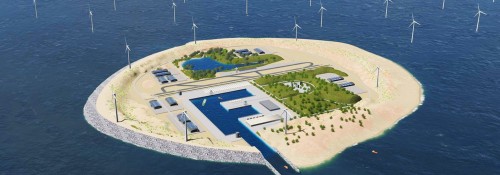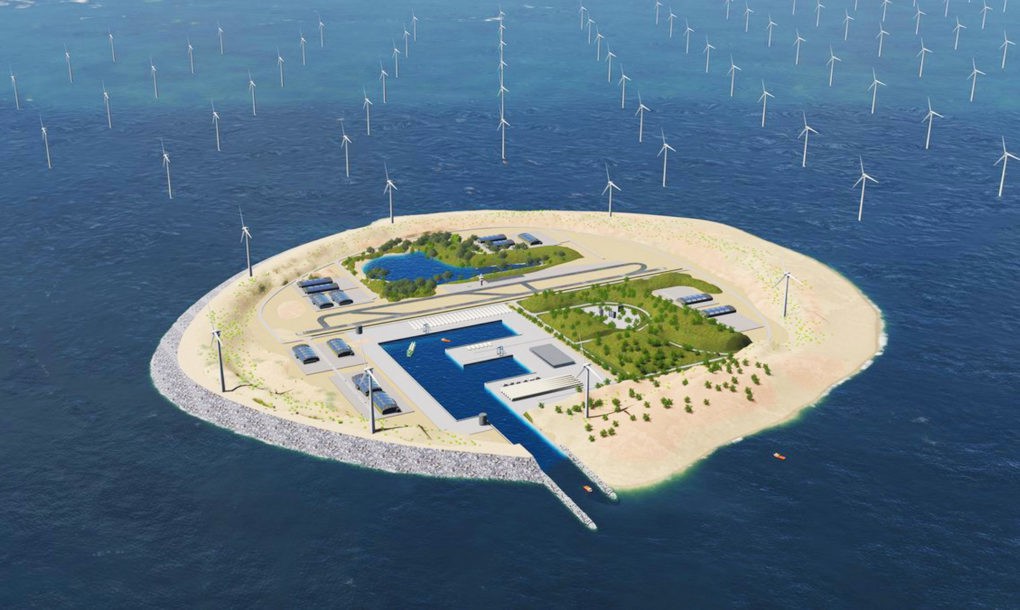RECOMMENDED VIDEOS

Syngas Renewable Energy Diesel Oil - Converting Plastic…
SYNGAS SDN BHD

Three key technologies - the core of Alfa Laval
Alfa Laval

VSL LED HIGH BAY
Hygrow Sdn Bhd

CAMSS™ 20Q Shelter with Energy Saving Accessories
CAMSS Shelters

Smart Energy Display
E.ON UK
Related Stories
The largest solar farm apiary in the US opens this week
The City of London will be powered with 100% renewable energy by October 2018
New study suggests that plastic waste may be transformed into usable energy
Uravu’s zero-electricity Aqua Panels produce gallons of water from thin air
104% of Portugal’s electricity consumption in March came from renewable energy
28 Mar, 2017

European firms eye artificial island for North Sea wind and solar farm
Renewable Energy & Energy Efficiency | DENMARK | 16 Mar, 2017
Published by : Eco Media Asia
Of all the opponents of wind turbines, few are as vociferous as the loose collective that planners and developers deride as “Nimby,” a term that derives from the acronym for “not in my backyard.” Driven to stake out real estate further offshore, a group of European companies have devised a plan almost breathtaking in its audacity: create a vast artificial island in the middle of the tumultuous North Sea, populate the area around it with thousands of spinning pylons, and drum up enough renewable energy for millions of Europeans by 2050.

The venture, born of the 2050 goals laid out by the Paris agreement on climate change, is a collaboration between Denmark’s Energinet and the German and Dutch arms of electricity firm TenneT.
To solidify the partnership, the companies will be meeting with Maroš Šefčovič, the European Commissioner for Energy, at the North Seas Energy Forum in Brussels next week to sign a trilateral agreement.
If greenlit, the proposed 2.5-square-mile Power Link Island, also known as the North Sea Wind Power Hub, will boast its own harbor, air strip, solar farm, and artificial lake, along with homes for in-residence staff. Early estimates place the price of construction in the ball park of $1.3 billion.
Dogger Bank, a large sandbank about 62 miles off the east coast of England, is thought to be the ideal location for the island because it’s centrally located, has waters shallow enough for turbines, and is buffeted by constant wind.
Underwater transmission lines, coursing with energy, could potentially power the homes of 80 million people in the United Kingdom, the Netherlands, Denmark, Germany, Norway, and Belgium. By linking the energy markets of those countries, Power Link Island could facilitate international trading in electricity.
It could even consolidate energy by serving as a connective hub for other, scattered wind farms or bud off smaller but similar enclaves.
“This project can significantly contribute to a completely renewable supply of electricity in Northwest Europe,” said Mel Kroon, CEO of TenneT.
There’s another upside: An island of significant scope could, through economies of scale, also whittle down costs.
“Offshore wind has in recent years proved to be increasingly competitive and it is important to us to constantly focus on further reduction in prices of grid connections and interconnections,” said Peder Østermark Andreasen, CEO of Energinet. “We need innovative and large-scale projects so that offshore wind can play an even bigger part in our future energy supply.”
Article from inhabitat.com
by Jasmin Malik Chua
